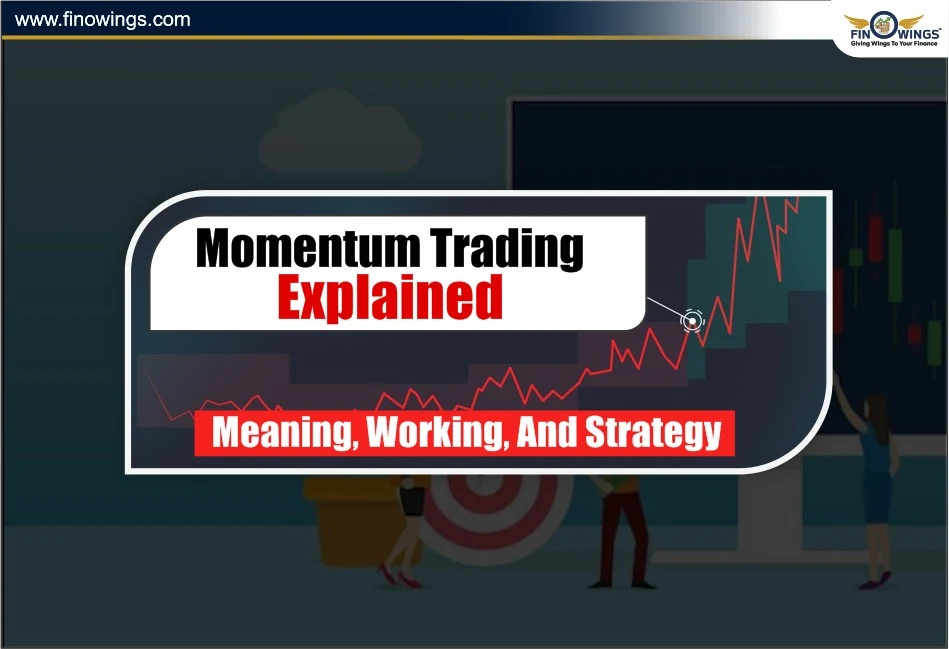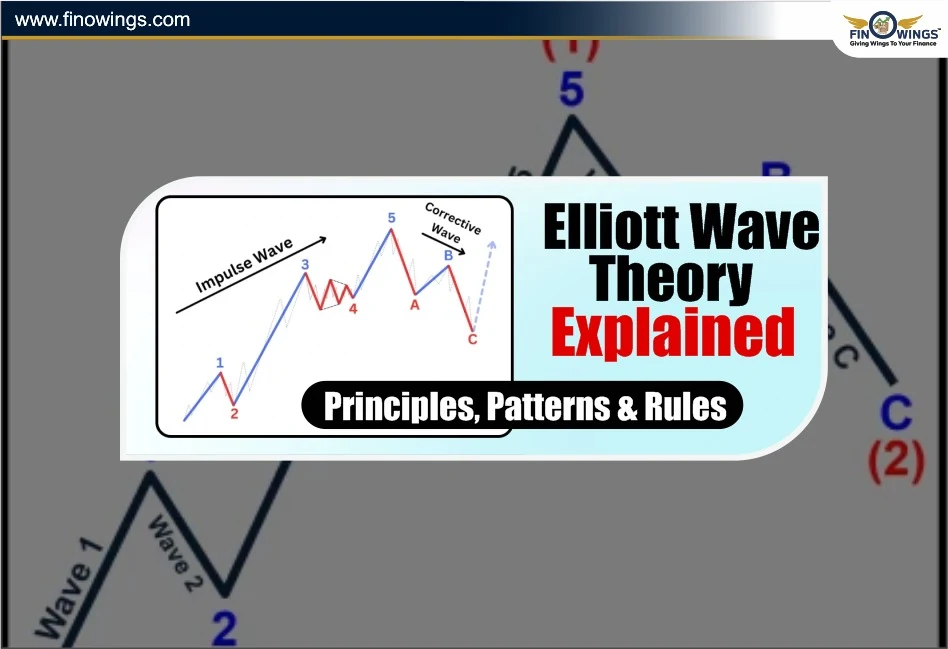Home >> Blog >> Neutral Options Strategies: Risk, Reward & Market Conditions
Neutral Options Strategies: Risk, Reward & Market Conditions

Table of Contents
Some active traders engage in options trading without having to choose a side in a stock's movement. There are times when the stock market is expected to stay sideways or range-bound for a period of time. Neutral options strategies are best suited for these scenarios.
Profits are made when the underlying stock does not move significantly in any direction. These strategies are driven by time decay (theta), premium income as well as small fluctuations rather than profit targets based on larger movements.
In this article, we will outline the most widely used options strategies in neutral markets, including short straddle, short strangle, calendar call spread, short gut, covered call, covered call collar, and covered put. We will describe the optimal market conditions these strategies will be used as well as their risk and return prospects. Neutral Options Strategies: Risk, Reward & Market Conditions
What Are Neutral Option Strategies?
Neutral option strategies are setups for trading that aim for the underlying asset's price to move within a defined range over the option's life.
To say it another way, if you are anticipating no major trend, these are the strategies you want to implement.
Neutral Strategies Overview:
-
Perform optimally during periods of low volatility.
-
Generate profits based on time decay.
-
Have limited profit potential but defined risk.
-
Obtain lower directional exposure and lower risk.
Types Of Options Strategies
Different neutral strategies have unique risk-reward setups in range bound conditions.
1. Short Straddle.
Sell an at-the-money call and at-the-money put option on the same strike price and expiry.
When to Use: When you expect the stock to remain near the strike price until expiry. Also when you expect volatility to drop.
Profit Potential: Your profit potential is limited to the total premium received on the position.
Risk: If the stock moves sharply in either direction, the exposure remains unrestricted on either side.
Best Market Condition: Most preferred in stable or low-volatility environments.
Example: Nifty trades at 25,000, and you do a 25,000 Call and a 25,000 Put, you accumulate profit if Nifty remains around 25,000.
2. Short Strangle
A short strangle strategy is akin to the short straddle, but in this case, you sell out-of-the-money call and put options.
When to use: If you foresee a limited stock price movement, but need a little bit more safety net range compared to the straddle.
Profit Potential: Lower than a straddle, but with a wider profit zone.
Risk: Still unlimited if the stock makes a big move.
Best Market Condition: Best utilised under range-bound market conditions with declining implied volatility.
Example: Sell a 24,800 Put and a 25,200 Call on Nifty. You make profit while Nifty ranges in between those strikes.
3. Calendar Call Spread
A calendar call spread (or a time spread) is a strategy in which you sell a near-month call and buy a far-month call at the same strike price.
When to use: When you expect the stock to stay near the strike price for the near term, but expect it to rise a bit later on.
Profit Potential: Only how long the options are valid for.
Risk: Net premium paid.
Best Market Condition: Moderate volatility.
Example: Collect premium sell 25,000 Call for the current month and buy a 25,000 Call for the next month.
4. Short Gut
Break even range unlimited loss.
Best Market Condition: When you expect the underlying to remain range-bound.
Profit Potential: Premium collected minus intrinsic values.
Risk: Unlimited beyond the breakeven range.
5. Covered Telephone
Selling a call option on a stock you own is known as a covered call.
When to use: When you wish to increase the income from your holdings and have a neutral to modestly bullish outlook.
Profit Potential: Restricted to the stock's premium plus a tiny upside.
Risk: You will lose money on the stock side if the stock drops significantly.
The ideal state of the market is flat or marginally bullish.
Example: You hold 100 shares of TCS at ₹4,000 and sell a Call option at ₹4,100. If TCS stays below ₹4,100, you keep the premium.
6. Covered Put
A covered put is the opposite of a covered call. Here, you short the underlying stock and sell a put option on it.
When to use: You have a neutral-to-slightly bearish view.
Profit Potential: Limited to the premium and small downside move.
Risk: Unlimited if the stock rises sharply.
Best Market Condition: Flat or mildly bearish market.
7. Covered Call Collar
A covered call collar combines a covered call and a protective put. You hold the stock, sell a call option, and buy a put option.
When to use: You expect limited upside and want downside protection.
Profit Potential: Capped because of the call sold.
Risk: Reduced - the bought put limits the downside.
Best Market Condition: Neutral or slightly bullish.
Example: You sell a 1,700 Call on your shares of Infosys and buy a 1,600 Put. This locks in both maximum gain and maximum loss.
It's critical to comprehend how market participation and liquidity impact option pricing in order to maximize the effectiveness of your neutral strategy. To find out how traders utilize OI data to verify trends and weed out fake breakouts, see our comprehensive tutorial on Open Interest in Options: A Key Trading Strategy.
Why Use Neutral Option Strategies?
Most stocks even indices, consolidate on and off. In such periods:
-
Directional trades fail due to the absence of strong price movements.
-
Option premiums erode and benefit the seller.
-
Range trading predictability soars.
-
Neutral strategies allow hedging time decay and position passive premium collection with exposure to sudden price shocks.
Analysing Common Strategies for Neutrals
|
Strategy |
Market View |
Risk |
Reward |
Complexity |
|
Short Straddle |
Sideways |
Unlimited |
Limited |
Moderate |
|
Short Strangle |
Sideways |
Unlimited |
Limited |
Moderate |
|
Calendar Call Spread |
Slightly bullish |
Limited |
Limited |
Easy |
|
Short Gut |
Range-bound |
Unlimited |
Limited |
High |
|
Covered Call |
Slightly bullish |
Limited |
Limited |
Easy |
|
Covered Put |
Slightly bearish |
Unlimited |
Limited |
Moderate |
|
Covered Call Collar |
Neutral |
Limited |
Limited |
Easy |
Evaluating the Risks and Rewards of Neutral Option Strategies
Despite their effectiveness, conflicting risks should also be considered:
-
Time decay’s profitability can be reversed by increased volatility.
-
Advance planning for the execution of trades should also include the possibility of deliberate order cancellation.
However, the rewards associated with neutral strategies can be appealing:
-
Earning close to predictable amounts from premium selling.
-
Neutral markets provide a higher probability of profit.
-
In diversified portfolios, neutral strategies can offset the risk of directional trades. Neutral instruments increase the earning potential from a portfolio with multiple trades of varying instruments of the same class.
Situations Suitable for Neutral Strategies
Neutral option strategies are ideal in situations:
-
When the index/stock is moving sideways with support and resistance levels.
-
Anticipating a stagnant or declining volatility.
-
When there are no significant earnings or economic announcements.
-
A steady collection of income is the target.
Conclusion
Neutral option strategies allow a trader to profit from markets even when there is no price movement. Each trading strategy, whether it’s a calendar call spread or a short straddle, short strangle, short gut, covered put, or covered call collar, offers different characteristics and risk-reward profiles tailored for specific types of traders.
Every trading strategy does carry a risk. However, if used in conjunction with an understanding of volatility, position sizing, and planned exits, these types of options strategies have the potential to transform slow and sideways trading ranges into reliable profit opportunities.


















